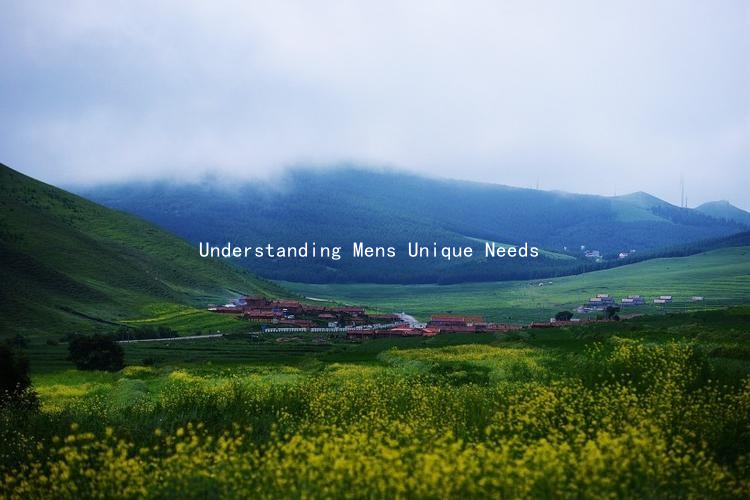Mastering the Art of Role Dynamics in Relationships: Tips for Open Dialogue
In the realm of relationships, understanding the nuances of role dynamics can significantly enhance communication and foster deeper connections. Whether you are in a budding romance or a long-term partnership, mastering these dynamics is crucial for establishing a healthy and fulfilling relationship. Here are some essential tips for engaging in open dialogue about role dynamics.
1. Understand Your Roles:
Every relationship involves various roles that partners adopt, whether consciously or unconsciously. Take time to reflect on your roles within your relationship. Are you the caregiver, the planner, the emotional supporter? Recognizing these tendencies can help you understand the dynamics at play and identify potential areas for growth or adjustment.
2. Encourage Open Communication:
Creating a safe space where both partners feel comfortable expressing their thoughts and feelings is paramount. Regularly check in with each other about how you feel in your respective roles. Phrasing questions like, “How do you feel about the balance of responsibilities between us?” can open doors to meaningful conversations.
3. Share Responsibilities:
Role dynamics often stem from unequal distribution of responsibilities. Discuss with your partner how you can share tasks more equitably. This can mean alternating who plans date nights, who handles finances, or who takes care of errands. By redistributing tasks, you can both feel more included and valued in the partnership.
4. Adapt and Compromise:
Relationships are dynamic, and so are the roles within them. Be open to adapting your role based on life changes, such as a new job or a move. This flexibility shows your partner that you care about their needs and are willing to make adjustments for the sake of the relationship.
5. Use “I” Statements:
When discussing feelings related to role dynamics, employing “I” statements can reduce defensiveness. For example, instead of saying, “You never help with the chores,” you might say, “I feel overwhelmed when I handle chores alone.” This approach focuses on your feelings rather than blaming your partner, promoting a more productive dialogue.

6. Recognize Strengths:
Acknowledge and appreciate the strengths your partner brings into the relationship. This recognition helps balance dynamics and fosters a sense of teamwork. Compliment them for taking charge in certain situations or for their unique skills—it reinforces a positive atmosphere and encourages collaboration.
7. Set Clear Expectations:
Discuss what you both expect from each other regarding roles and responsibilities. Clarity can prevent misunderstandings down the road. Creating a list of shared goals or desired outcomes can serve as a reference point for both partners to align their efforts.
8. Seek Professional Guidance:
Sometimes, external help from a therapist or relationship coach can provide valuable insights into complexity in role dynamics. Engaging in couples therapy can guide both partners in effectively articulating their needs and understanding each other’s perspectives better.
9. Revisit and Reassess:
As time passes, relationships evolve. Make it a habit to revisit conversations about role dynamics periodically. Check in with each other about what’s working and what isn’t. This continual reassessment keeps dialogue open and ensures that both partners feel heard and valued over time.
10. Practice Active Listening:
Listening is as essential as speaking when it comes to dialogue. Use active listening techniques, such as paraphrasing what your partner has said or asking clarifying questions. This practice shows that you are engaged and helps eliminate miscommunication.
In conclusion, mastering the art of role dynamics in relationships requires a commitment to open dialogue and mutual respect. By understanding your roles, encouraging communication, and fostering a culture of collaboration, you can strengthen your relationship and navigate its complexities with grace and empathy. Embrace the journey of partnership, and remember that a successful relationship is built on teamwork, understanding, and love.





